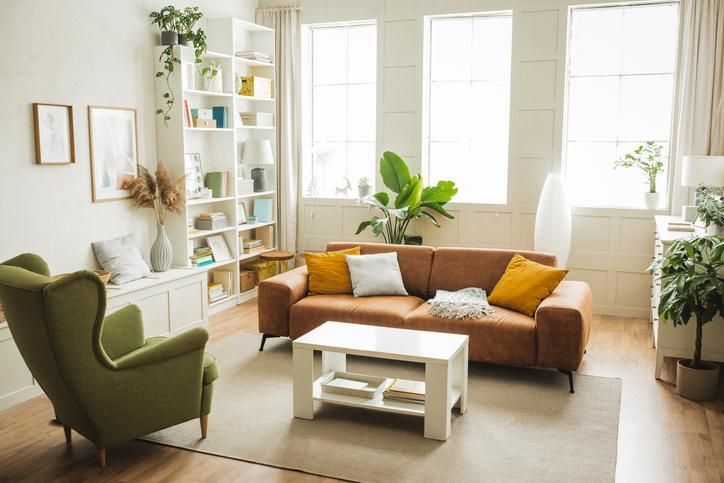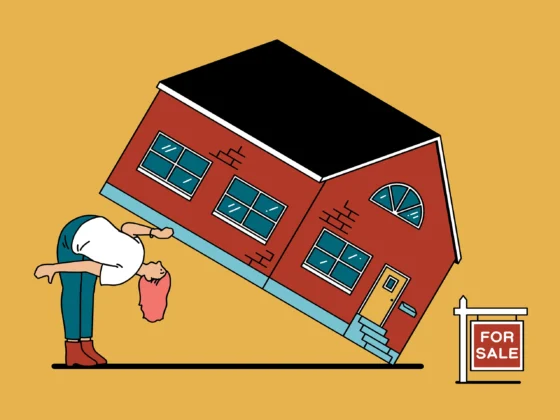Have you ever dreamt of living in a space that’s not only stylish and inviting but also kind to the environment? Sustainable interior design makes this dream a reality. It’s about creating beautiful homes that minimise environmental impact, prioritise your health, and contribute to a more sustainable future.
This approach goes beyond just using recycled materials (although that’s important too!). Sustainable design considers the entire lifecycle of a product, from where it comes from to how long it lasts. It encourages using natural light, choosing energy-efficient options, and creating a healthy living environment.
By incorporating sustainable principles into your interior design, you’re not just making a stylish statement, you’re making a positive impact on the planet and your own well-being. Let’s explore the world of sustainable interior design to discover how to create a beautiful and eco-conscious home you’ll love.
Planning for Sustainability
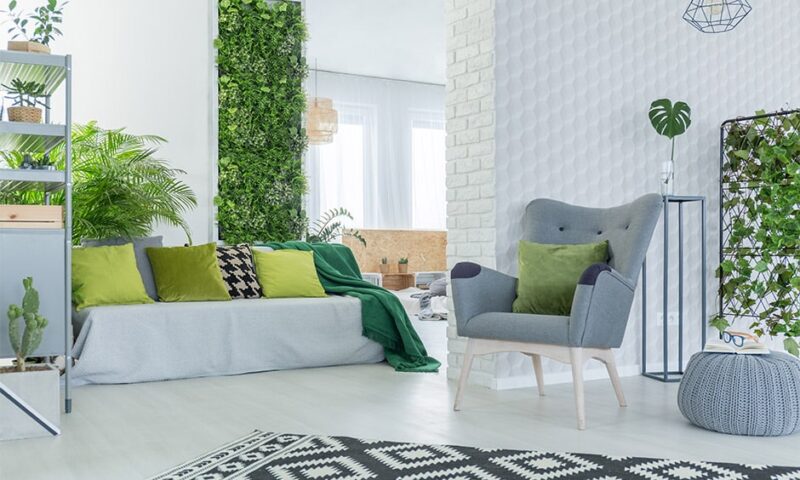
The foundation of sustainable interior design lies in smart planning. Before buying furniture and decor, consider these key areas to maximise your space’s natural potential and minimise your environmental footprint.
Assess Your Needs
It all starts with taking stock of what you already own. Can existing furniture be reupholstered or repurposed instead of buying new? This reduces waste and allows you to personalise treasured pieces.
Embrace Natural Light
Natural light is not just beautiful, it’s also a free and energy-efficient way to brighten your space. When planning furniture placement, avoid blocking windows and make the most of natural light intake through strategic furniture arrangement. Here, double glazing can play a crucial role. Double glazing improves thermal insulation and allows for larger windows due to its increased structural strength. Consider secondary glazing sash windows, for example, to allow for more natural light to enter the home while reducing reliance on artificial lighting.
Energy-Efficient Lighting
For those times when natural light isn’t enough, opting for energy-saving lighting options is key. Look for LED bulbs, which use a fraction of the energy of traditional incandescent bulbs and last much longer. You can even explore smart lighting systems that allow you to control light levels and create different moods throughout the day.
Choosing Sustainable Materials
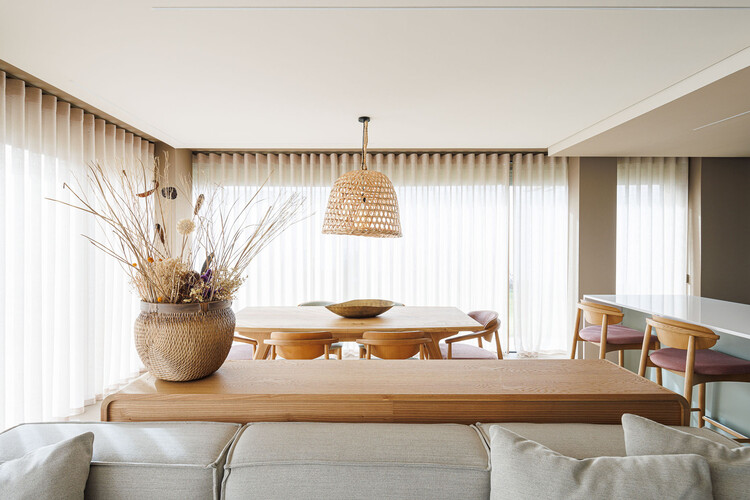
When it comes to furnishing your home, the materials you choose matter. Opting for natural, recycled, and low-impact options reduces your environmental footprint and often creates a healthier and more beautiful living space.
Natural materials like reclaimed wood, bamboo, cork, and organic cotton are not only aesthetically pleasing but also environmentally friendly. Reclaimed wood offers a unique story and reduces demand for virgin lumber. Bamboo is a fast-growing and renewable resource, while cork is harvested from the bark of cork oak trees without harming the tree itself. Organic cotton avoids harmful pesticides and chemicals in its production.
You can also look for furniture and decor made from recycled materials like glass, metal, or plastic. This gives these materials a second life and reduces reliance on virgin resources. Many companies are now making beautiful and functional pieces from recycled content, so you won’t have to sacrifice style for sustainability.
Another important consideration is the paints, adhesives, and finishes you use, as this can impact indoor air quality. Look for low-VOC (volatile organic compound) options that minimise harmful emissions and create a healthier living environment. This is especially important for paints and finishes used in frequently occupied spaces like bedrooms and living rooms.
Sustainable Furnishings
Now that you’ve considered the planning and materials for your sustainable space, let’s explore the furniture itself! Sustainable furnishing is more than simply buying “eco-friendly” labels. It’s about making smart choices that prioritise quality, longevity, and responsible consumption.
Invest in Quality Pieces
Opt for well-made, durable pieces that will last for years to come. This reduces waste generated by constantly replacing furniture and ensures you get the most out of your investment. Look for solid wood construction, high-quality upholstery, and joinery techniques that ensure long life.
Secondhand Gems
Thrift stores, vintage shops, and online marketplaces are treasure troves for unique and sustainable furniture finds. These pre-loved pieces often boast quality craftsmanship and timeless styles. With a little love and attention, like repainting or reupholstering, you can transform a secondhand piece into a stunning focal point for your home. This approach not only saves money and resources but also allows you to add a touch of personality and history to your space.
Upcycling & Repurposing
Instead of discarding old furniture, consider upcycling or repurposing it. This could involve anything from refinishing a dresser to transforming a vintage suitcase into a coffee table. Upcycling breathes new life into existing pieces, reduces waste, and allows you to create one-of-a-kind furniture that reflects your personal style.
Living Beautifully and Sustainably
Sustainable interior design 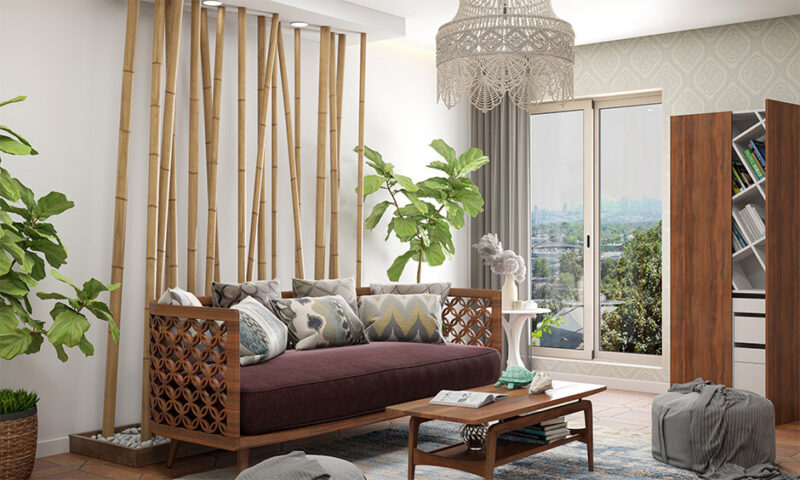 isn’t just about following trends; it’s about creating a space that reflects your values and fosters a healthy connection with the environment. By incorporating the principles we’ve explored – smart planning, mindful material choices, and responsible furnishing – you can create a home that’s not only beautiful and comfortable but also kinder to the environment.
isn’t just about following trends; it’s about creating a space that reflects your values and fosters a healthy connection with the environment. By incorporating the principles we’ve explored – smart planning, mindful material choices, and responsible furnishing – you can create a home that’s not only beautiful and comfortable but also kinder to the environment.
Remember, sustainable living is a journey, not a destination. Start small, celebrate your progress, and don’t be afraid to get creative. There are endless resources available online, and there may even be groups in your community to help you with your sustainable design journey. From local businesses offering reclaimed furniture to online tutorials on upcycling projects, the means are out there.
So, embrace the challenge, unleash your creativity, and you can soon have a sustainable and stylish home. After all, living beautifully and living sustainably can go hand in hand!
